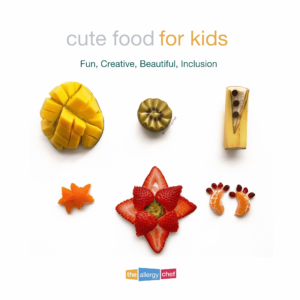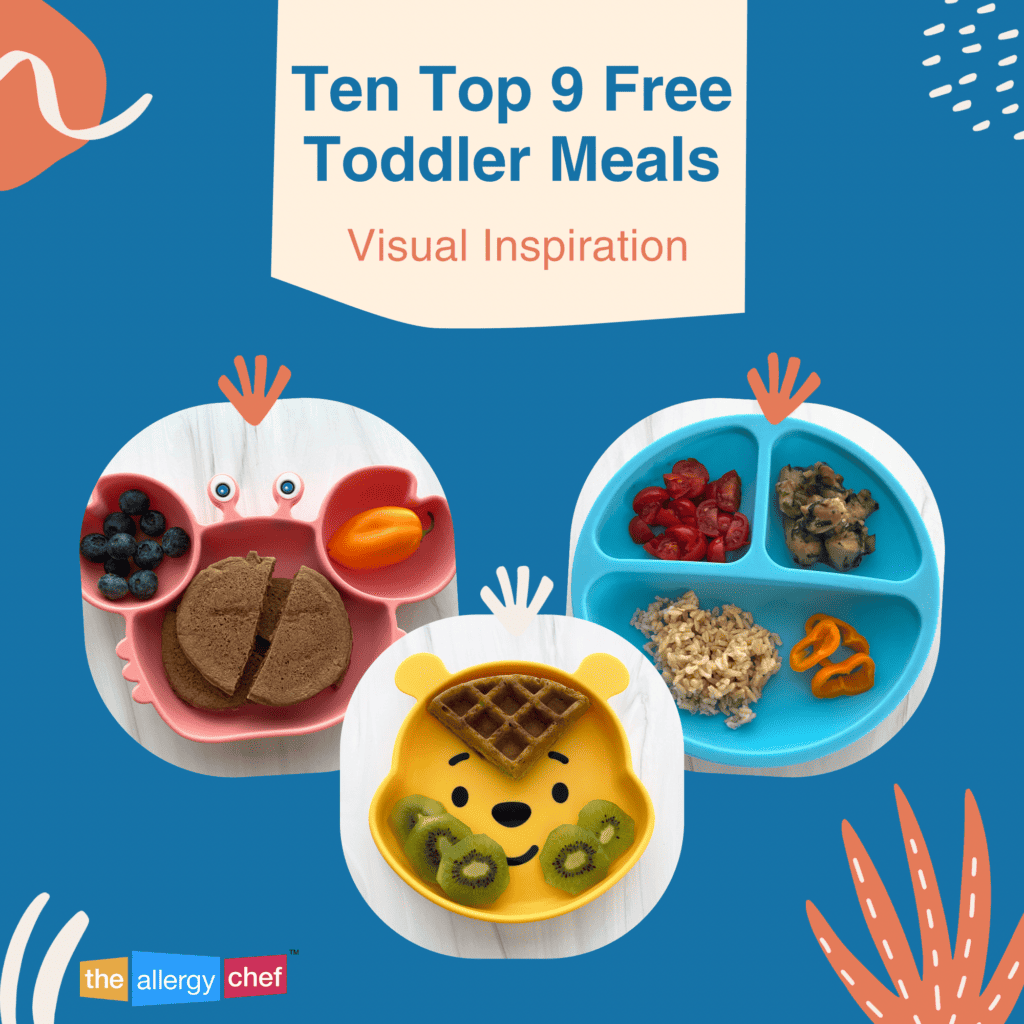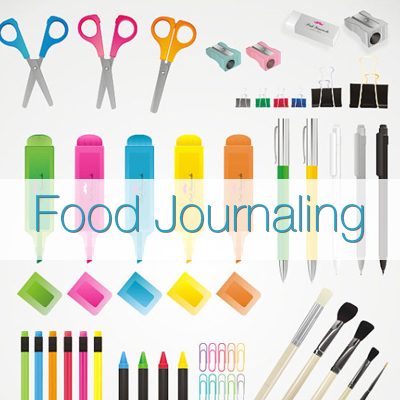I get it, we’re all super busy. There’s the middle of the night disturbances from kids, the early wake up calls, the rushing out the door some of us experience, lunch packing, food journaling, teeth brushing and Oh. My. Goodness. Can I please stop typing because just thinking about all the things we have to do each day as parents is exhausting. Now, let’s add a food allergy and/or dietary restriction. Yup. Everything just got WAY harder.
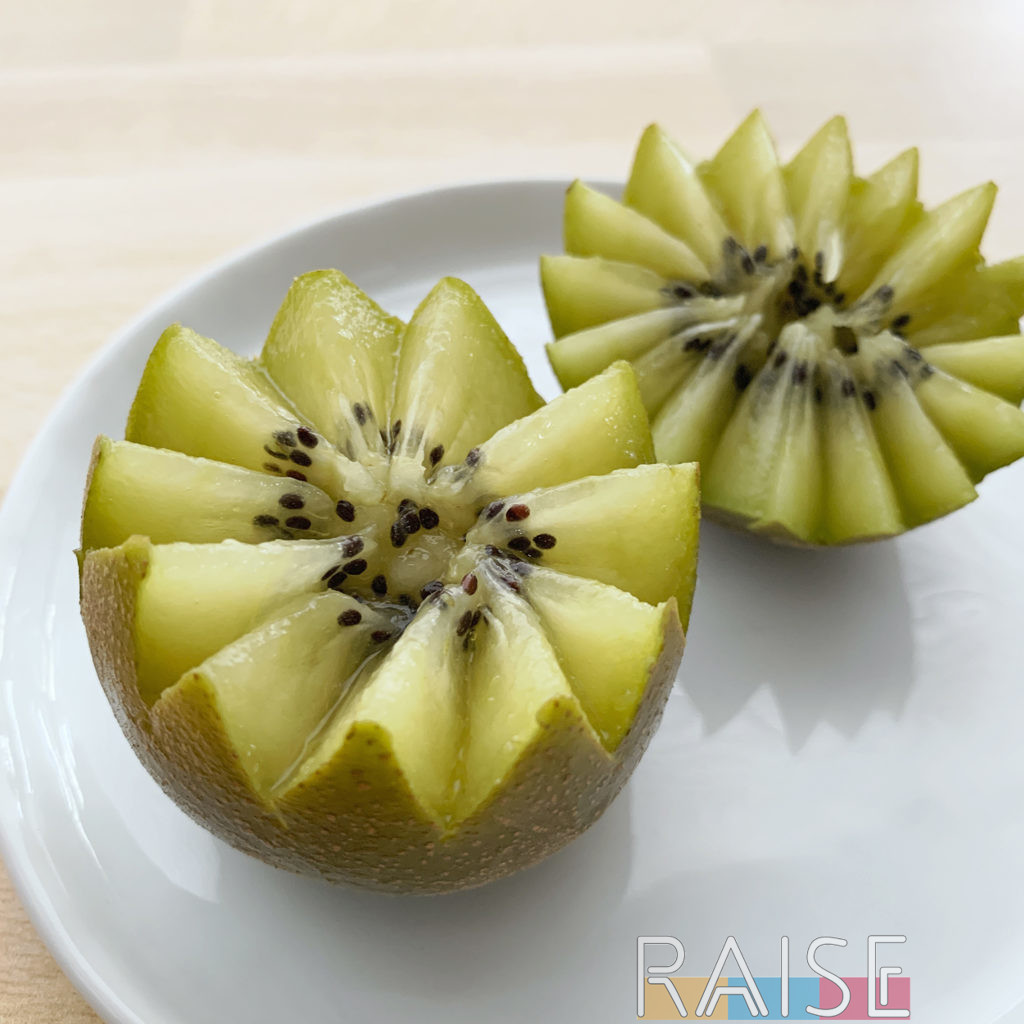 Related: How To Cut Cute Kiwi
Related: How To Cut Cute Kiwi
Today we’re going to take a look at shaping the mindset of your child, and why it’s something we food restricted parents need to prioritize.
If your child was diagnosed age 12 or up, this article *may* not be super helpful. You’re going to have a whole different set of challenges. You may better off with talk therapy, hobby building, and making sure your kids know how to make foods they used to love, safely. It’s not that they won’t enjoy cute food, it’s that it won’t be as powerful for newly diagnosed 12 year old as compared to a kid who was diagnosed at age 2.
For those of you with children who were diagnosed at less than 12 years old, this information may be a great tool for you to tap into in the coming years.
When They’re New To Solids, They Eat Anything
This is SO true. When children are new to solids, you should be feeding them any and everything that’s age appropriate, and safe for them. Be sure to introduce different colours and textures regularly.
If you’d like some inspiration, click here for our Ten Top 9 Free Toddler Meals Visual Inspiration Guide.
Selective/Picky Eating Is Normal
Most children go through a selective/picky eating phase which varies in length during their toddler years. They’re less willing to try new foods, can seem picky, and can get stuck in a rut. This is normal. It can overlap with the development of food allergies and food intolerance, but that’s for us to discuss on a different day. Whether you’re dealing with picky eating, or new food allergy diagnosis, HOW food is presented can go a long way.
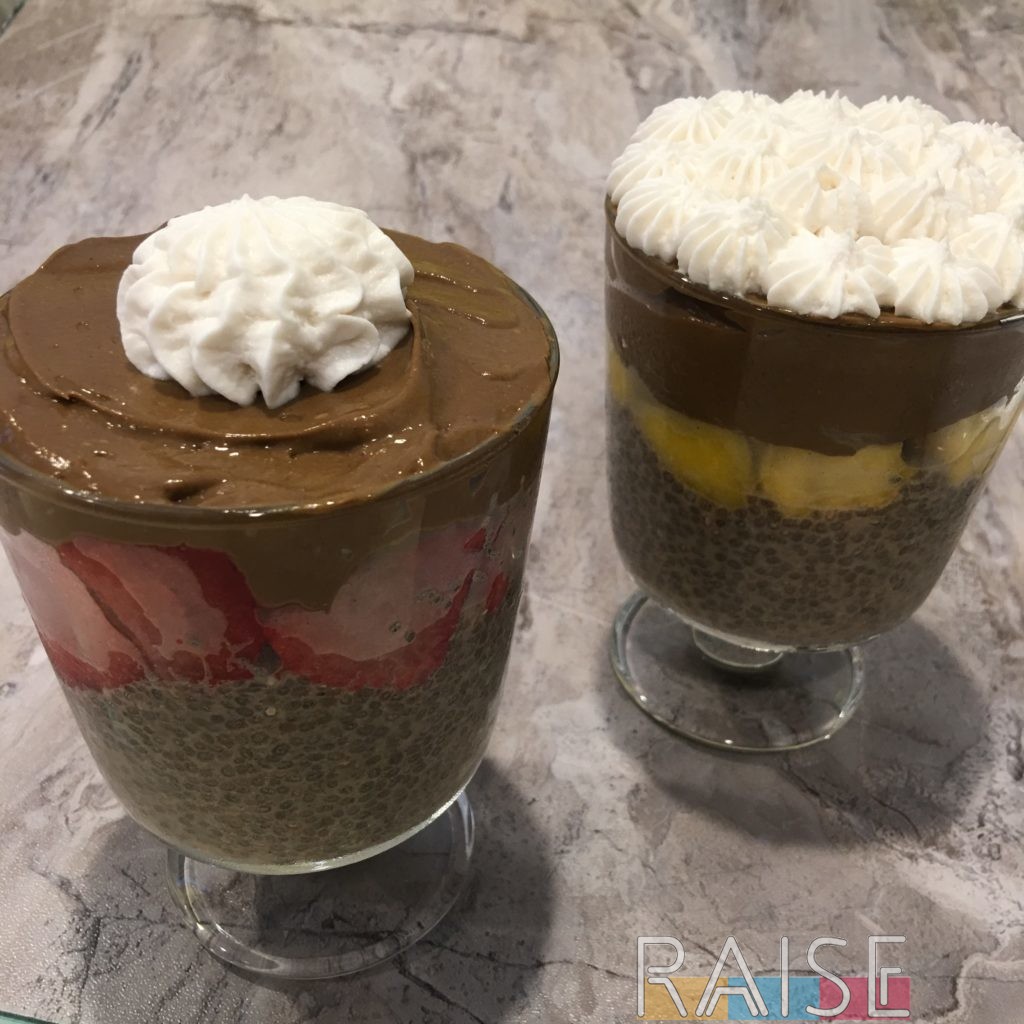 Recipe: Delicious Chia Pudding
Recipe: Delicious Chia Pudding
Toddlers & Food Exposure
We all know that we’re supposed to expose our to toddlers to fruits and vegetables daily with the hope that they’ll eat the food. We also know how much food ends up on the floor. So how do you find a balance between exposure and food waste? Offer your toddler small amounts of new (or old) foods. Let them ask for more should they choose to eat it.
Food exposure also includes seeing foods (serve in clear bowls if you serve family style), and helping prepare foods. Kid safe knives and other toddler friendly kitchen tasks can get your kiddos exposed to a range of ingredients.
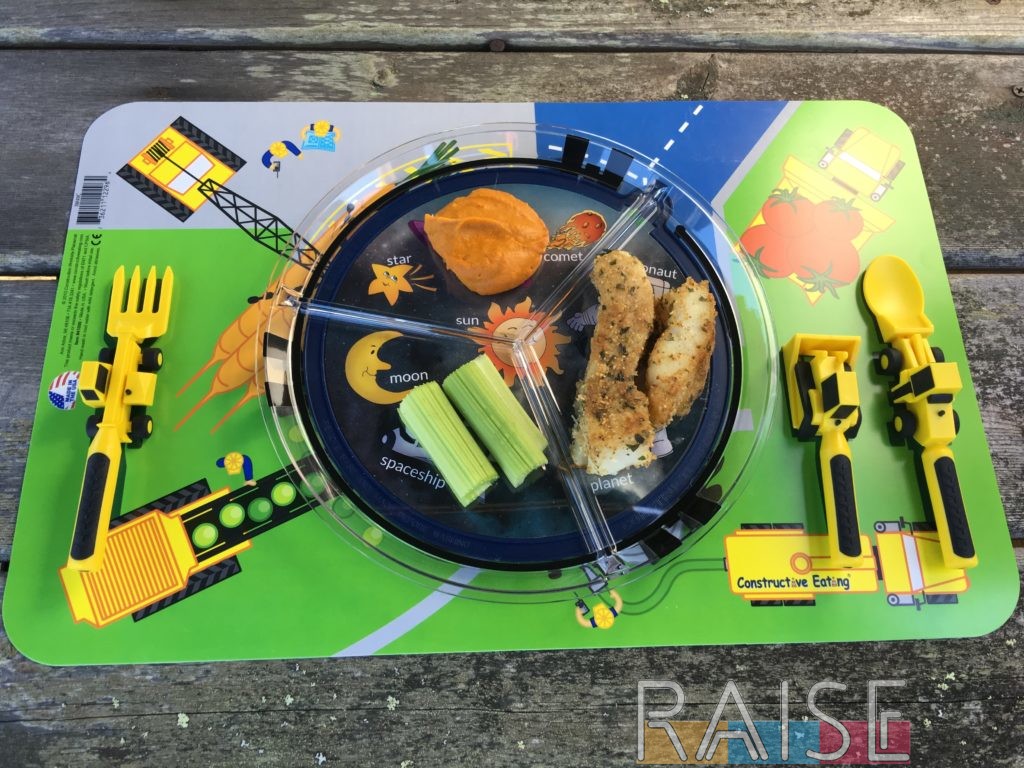 Recipe: AIP Fish Sticks & Sweet Potato Dip
Recipe: AIP Fish Sticks & Sweet Potato Dip
WHY Food Should Look Cute & Fun
Simply put, humans are attracted to things that look appealing. Whilst we all have our preferences, things that LOOK great are more likely to be enjoyed.
When your child is in the selective/picky eating phase, the novelty effect of cute looking food can go a long way. Children can help you make the food look cute, but they’ll also be more intrigued by said foods and more likely to engage with them.
WHY Cute/Fun Food Is Important With Food Allergies
OK, this is the real reason we’re all here, right? Why on earth should I take the time to cut cute food for my newly diagnosed 5 year old? When you serve cute and fun food to said 5 year old, you’re showing them that even though there are a lot of foods they can’t have, they CAN have food that looks awesome… just like everyone else.
That last part is especially important.
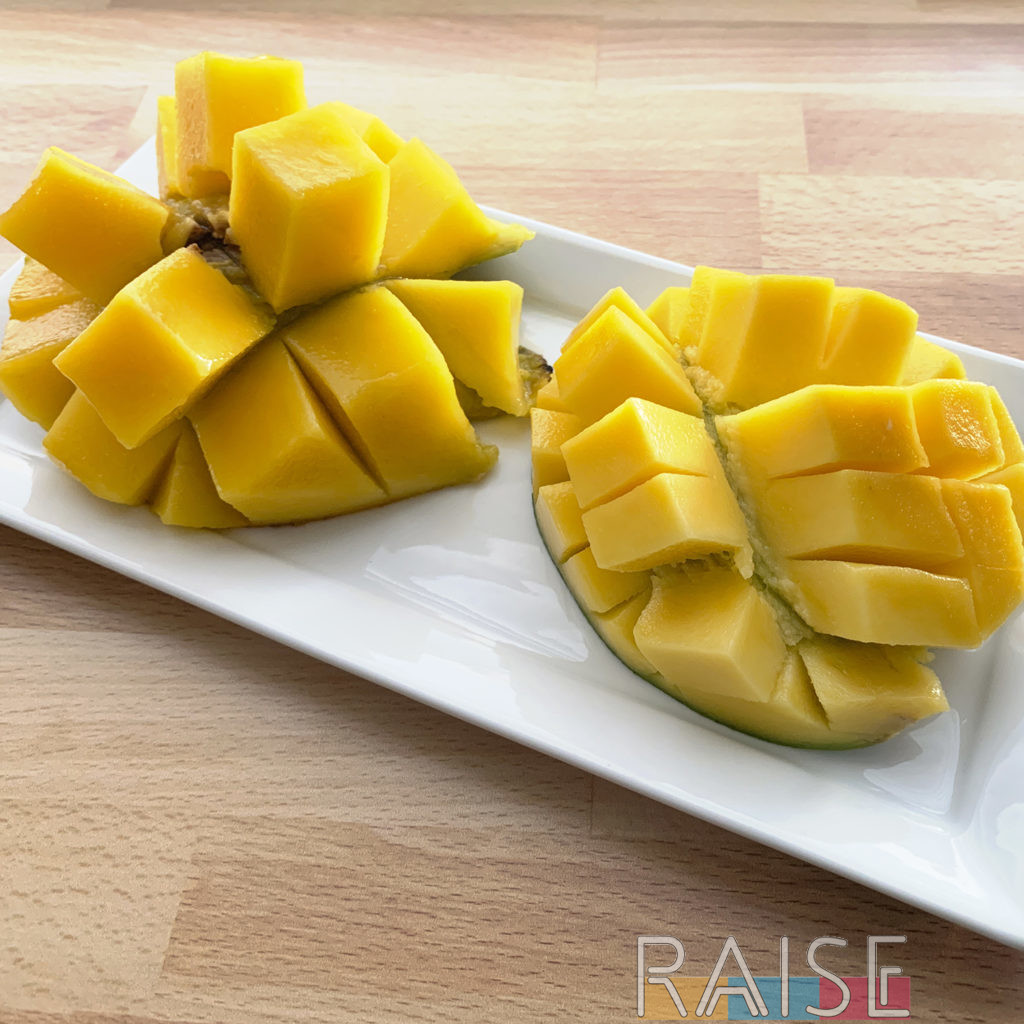 Related: How To Cut Cute Mango
Related: How To Cut Cute Mango
Shaping How Kids View Food
When kids are newly diagnosed with a food allergy (or have a new limitation with food), just about every single one will think about each food they can no longer eat. They’ll feel like it isn’t fair. These kids will struggle with the diagnosis (more true when diagnosed aged 5+).
However, if we as parents can support them in a way that shows them that their safe food is awesome, these kids are going to be much better off because of it.
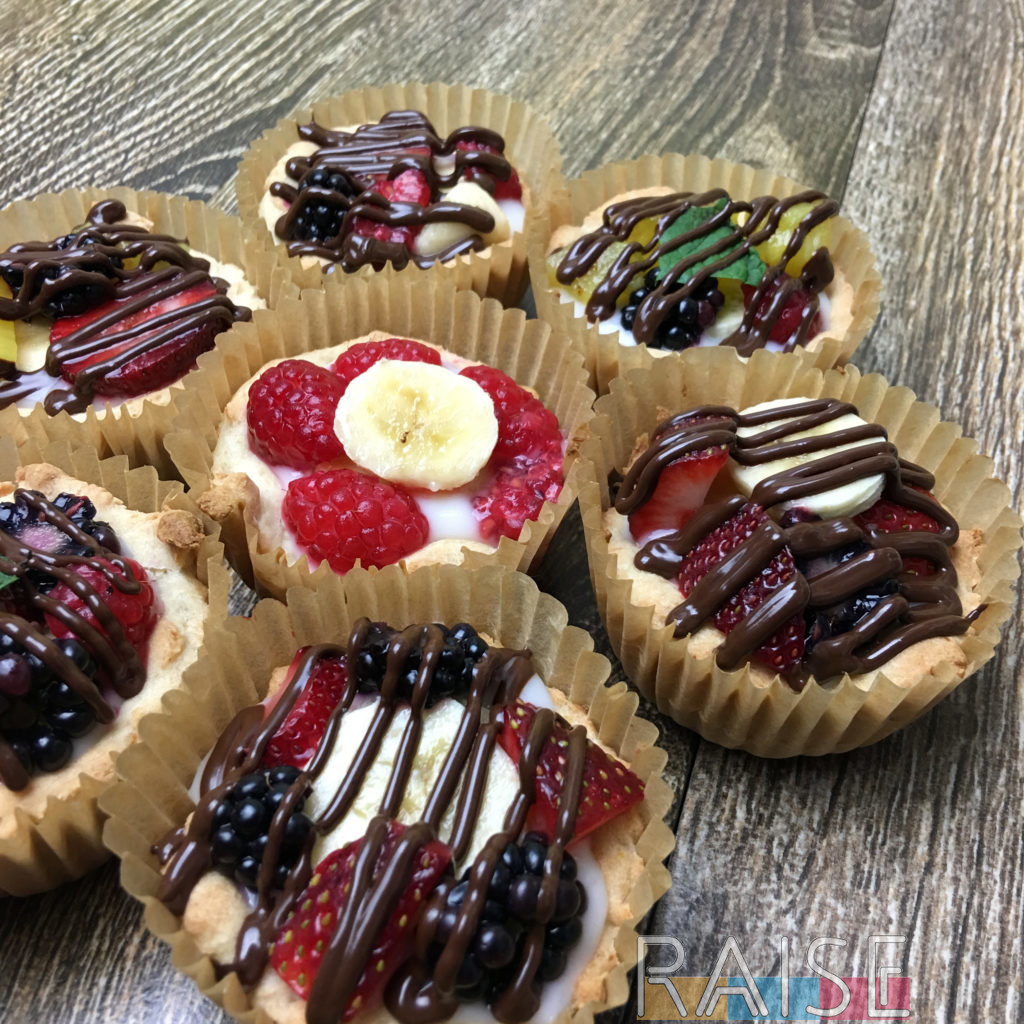 Recipe: Pizza Fruit Cups
Recipe: Pizza Fruit Cups
Preventing Risky Behavior In The Long Run
Here’s the long view of it all. Let’s take Sally, newly diagnosed at age 4. She knows what everyone else can have and is throwing tantrums because she can’t have her favorite 5 foods. When Sally’s parents take the time to cut fruit and make it look cute or shape her (safe) pancakes like a Mickey Mouse head, her face LIGHTS UP. Sally has joy again at the dining table, something her parents haven’t seen in a while.
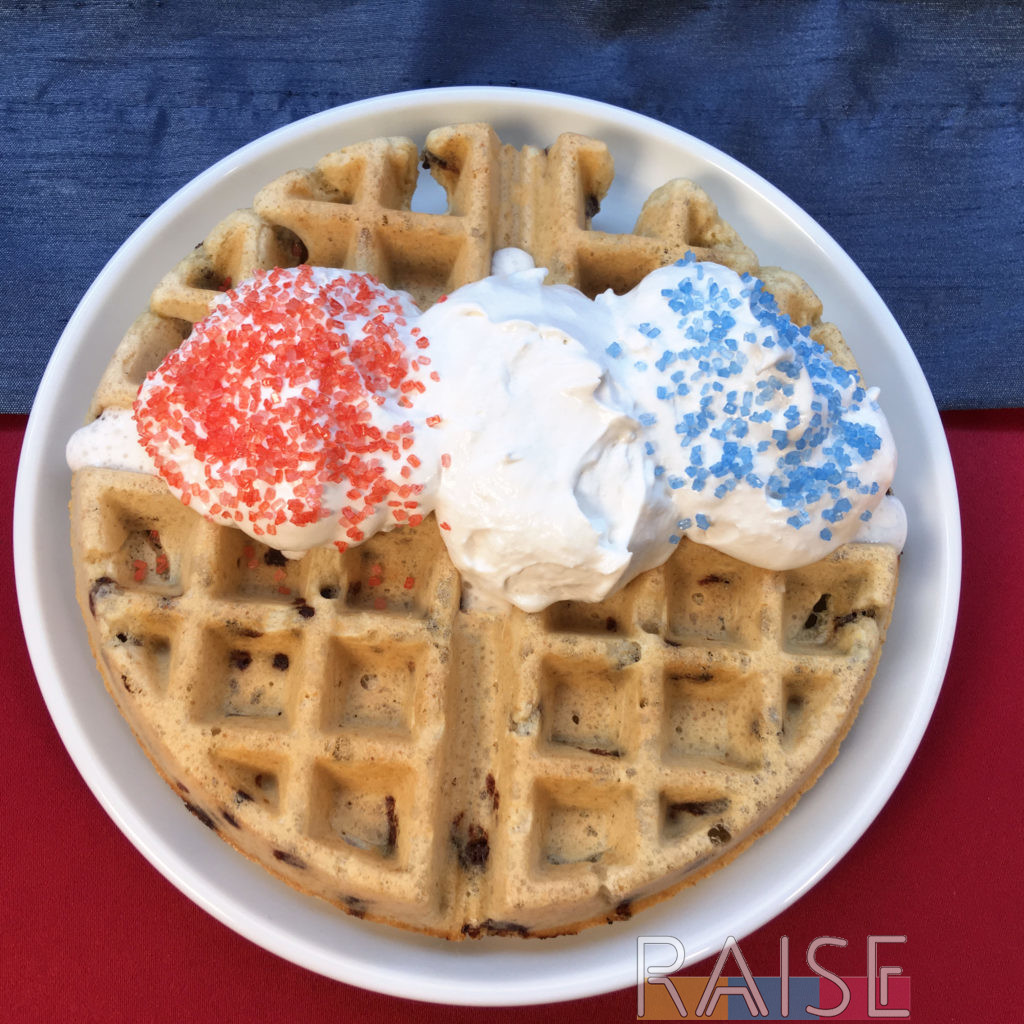 Chocolate Chip Waffle Recipe Top 8 Free, GF, Vegan
Chocolate Chip Waffle Recipe Top 8 Free, GF, Vegan
Sally is struggling because her brother still gets to have his favourite foods. She struggles because she can’t bake cookies with her best friend anymore. She doesn’t know how to communicate these critical words:
I feel left out and it really hurts. It’s hard to live in a world that revolves around food, and food that I love makes me really sick. I wish I could be like everyone else.
When Sally’s parents take those extra 5 – 10 minutes (which isn’t always easy) to make Sally’s food LOOK fabulous, Sally’s smile tells us:
Thank you so much for including me and making me feel special.
For children who have a strong connection between food and love (some really do) this is even more important.
What Happens If Sally’s Parents Go a Different Road
From the example above, we can safely assume that Sally’s parents actively try to include her with meals, create safe food that’s similar to what others eat, and find safe packaged foods so she can feel as close to “normal” as possible. Here’s what can happen however if Sally’s parents had gone a different route.
Sally grows up throwing the tantrums (remember, she can’t express those words yet) and finally just stops one day. On that day, the critical words she didn’t communicate were: I give up. I’ll never be like everyone else.
Deep feelings of resentment grow over the coming years, and one day Sally’s parents wake up and she’s a teenager. Time sure does fly in these examples. Sally is out with friends and they all go to the local restaurant. Her friends are ordering allllll the American foods that LOOK great. Sally, after years of being excluded says:
Forget this. I’m so sick of being left out. I have my epi-pen. What’s the worst thing that can happen??
Sally decides to order off the menu. Her friends are all shocked because they know her medical needs. When she explains her teenage logic that the epi-pen will save her, they all agree this is a great idea.
I Won’t Continue With This Story
We all know that the outcome of the story of Sally can take a terrible turn at that point. Maybe she uses the pen, maybe she doesn’t. There are a lot of variables at play. The point is, after years of exclusion, she’s fed up and wants to know what it feels like to be like everyone else.
 Amazing Recipe: Corn Dogs! Corn Free, GF, Top 9 Free, Beef Free
Amazing Recipe: Corn Dogs! Corn Free, GF, Top 9 Free, Beef Free
Reducing Risky Behavior
It’s not to say that the story of the first Sally will be perfectly peachy her whole life. Maybe she’s presented with bad ideas and goes along with them. However, if we provide an experience for kids that leave them feeling included, special, like everyone else, etc., the need/urge/desire to throw themselves in harm’s way to be included will be minimized.
Based On True Stories
I wish I could tell you that I made up the story of Sally… I didn’t. I’ve had many people tell me that their children have done this very thing, and it’s heartbreaking each time.
Humans are social creatures, and it’s so important that we nurture the needs of our children, especially the needs they are unable to communicate to us.
Cute Food Doesn’t Have to Be Hard
Now that you see why it’s so important to make sure these kids receive beautiful food (and inclusion), here are some tips and resources to help you make food cute and fun.
- Purchase Tools That Make Cute Fruit Easy (I have this set)
- Use Food Picks and Other Novelty Items To Dress Up a Meal
- Have Fun Plates/Utensils (such as Constructive Eating)
- Make Use of Colour (tinted rice, butterfly tea, etc.)
- Use Food Markers to Draw on Food
- Cookie Cutters and Sandwich Cutters Are Epic
- Add Sprinkles/Chocolate Chips to Everyday Foods
Great Instagram Accounts to Follow:
- Heather.HappyKidsKitchen
- KidFriendly.Meals
- LaLaLunchBox
- LunchesAndLittles
- ProduceForKids
Final Thoughts
Remember, not everything needs to look cute. Don’t push yourself to a point of burnout trying to do all the things. Instead, remember the heart of the message: INCLUSION. Free-from kids want and need to be included. Inclusion can look like a lot of different things. Figure out what makes sense for your household (and bandwidth) and roll with it.

